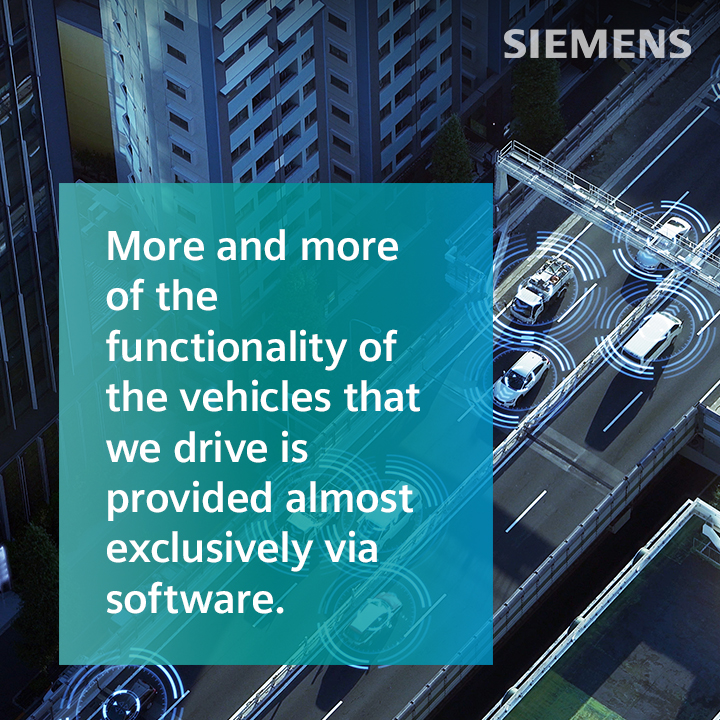Electrification Now & Later – Future Car on E/E Systems Part 5

Electrification and autonomy are possibly the best known of the megatrends currently impacting the automotive industry. The trend towards software-defined vehicles, however, is equally as important in today’s automotive industry. And this trend is not separate from but intertwined with its better-known counterparts: electrification, autonomy, connectivity, and shared mobility. Technologies underlying these trends all rely on sophisticated software applications to enable both basic and advanced vehicle features and functionality.
In the final part of our E/E systems podcast series, we wrap up our discussion on the future of automotive E/E architectures, E/E systems development, and the automotive industry. We talk about the growing role of software in delivering vehicle functionality, and how this change may affect vehicle development as a whole. You can listen to episode 5 below:
Electrification Now & Later
In the recent past, vehicles have become more integrated with software with the aim of improving the user experience, boosting performance, and/or making them eco-friendly. To complete this integration many changes have been made to the design of the vehicles, the manufacturers’ business model, and the workforce employed by the automotive companies. This trend will continue as innovators seek to deliver vehicles that are more software-reliant than ever before.
In the final part of our podcast series, we wrap up our discussion on the future of automotive E/E architectures, E/E systems development, and the automotive industry. We talk about the growing role of software in delivering vehicle functionality, and how this change may affect vehicle development as a whole.
Joining me once again are Doug Burcicki – the Global Director of the Automotive & Transportation Heavy Equipment Industries, within Integrated Electrical Systems, part of the Siemens Digital Industries Software – and Dan Scott, the Marketing Director within Integrated Electrical Systems.
Tune in, to learn more about the drivers of change in the automotive landscape.
In this episode, you will learn:
- What a software-defined vehicle is. (00:57)
- Why traditional OEMs are averse to putting giveaway content in a vehicle. (04:37)
- The importance of over-the-air updates capabilities. (06:32)
- The different business models that a software-defined vehicle brings. (08:33)
- The software’s impact on the physical structure of the vehicle. (10:21)
- The challenges imposed by the growing role of software in a vehicle & How the future will look like. (12:36)
- The legislative drivers of vehicle development. (15:37)
- How the pace of development is going to change over the next 10 years. (18:40)
- How the trend of software-defined vehicles impacts the engineering teams. (25:26)
Let’s connect!
Connect with Doug:
Connect with Dan:

On the Move: A Siemens Automotive Podcast
The automotive and transportation industries are in the middle of a transformation in how vehicles are designed, made, and sold. Driven by an influx of new technologies, consumer demands, environmental pressures, and a changing workforce in factories and offices, automotive companies are pushing to reinvent fundamental aspects of their businesses. This includes developing more advanced and capable vehicles, identifying new revenue sources, improving customer experiences, and changing the ways in which features and functionality are built into vehicles.
Welcome to On the Move, a podcast from Siemens Digital Industries Software that will dive into the acceleration of mobility innovation amid unprecedented change in the automotive and transportation industries. Join hosts Nand Kochhar, VP of Automotive and Transportation, and Conor Peick, Automotive and Transportation Writer, as they dive into the shifting automotive landscape with expert guests from Siemens and around the industry. Tune in to learn about modern automotive design and engineering challenges, how software and electronics have grown in use and importance, and where the industries might be heading in the future.


